.png)
Creating the Perfect Risk Management Plan
Risk management plans empower organizations to document all the risks of new projects and continuing activities. Learn how to create one.
.jpg)
6 Must-Have Elements of an Effective Audit Program
Discover the essential elements FIs need for an effective audit program, from board support and independence to risk-based reviews and the right audit mana…
.png)
CFPB Proposes Major Changes to Small Business Lending Rule (Section 1071)
The latest 1071 compliance updates, news, and analysis for financial institutions and small business lenders covered under the CFPB’s Section 1071 rule.
.jpg)
AI Compliance for RIAs: Key Risks and Best Practices
Discover the key AI risk areas RIAs should monitor and learn how to manage AI effectively while staying compliant with evolving regulatory requirements.
.jpg)
Vehicle Interest Reporting Requirements: What Auto Lenders Need to Know
Learn what auto lenders need to know about vehicle interest reporting requirements under the One Big Beautiful Bill reconciliation package.
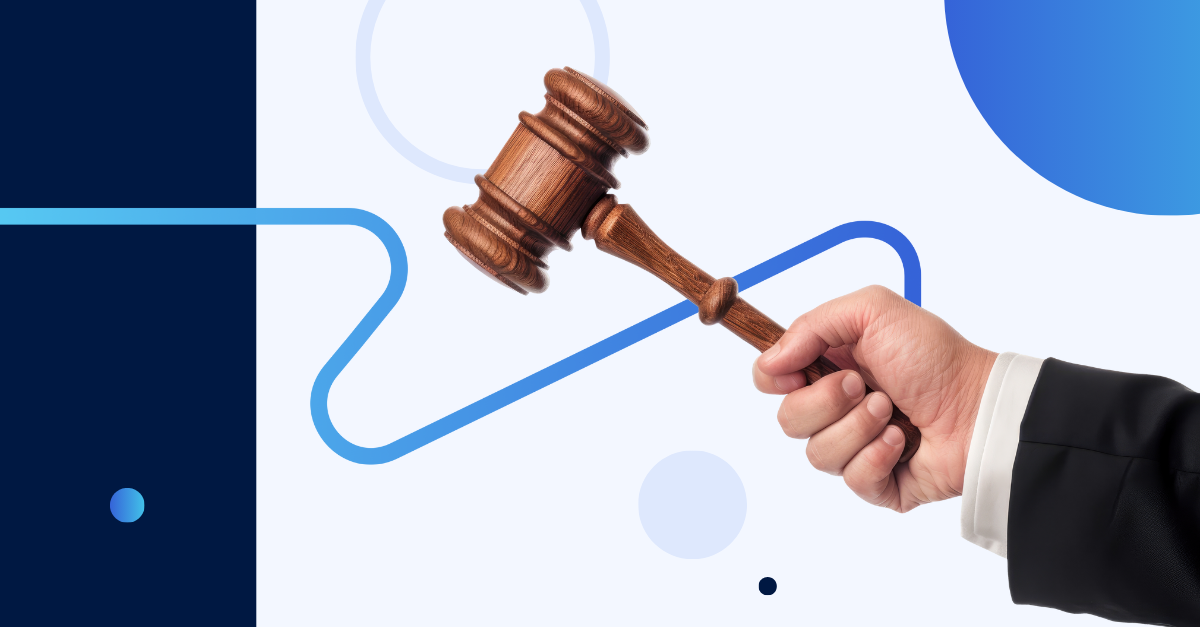
Enforcement Actions Roundup: October 2025
Welcome to the November Enforcement Actions Roundup — our monthly look at the enforcement activity from the past month and what FIs can learn from it.
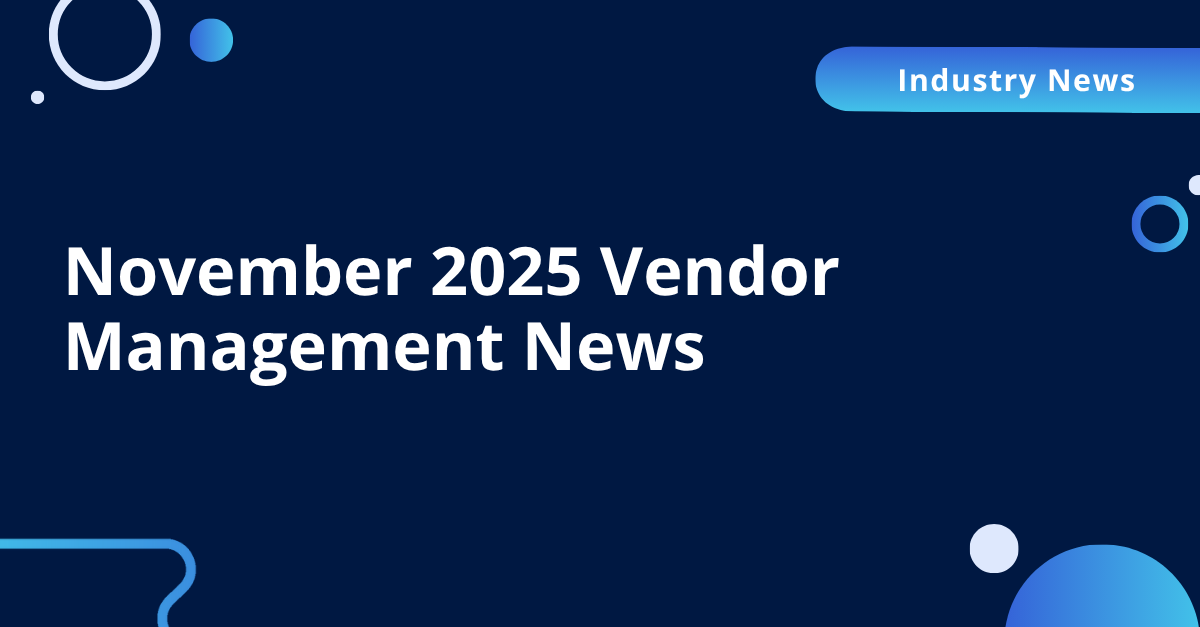
November 2025 Vendor Management News
Keep up with the latest third-party risk management news, including third-party data breaches, regulatory and compliance updates, and best TPRM practices.

How to Create Dynamic BSA/AML/CFT Risk Assessments
Explore the core components of BSA/AML/CFT risk assessments and best practices for creating examination-ready risk assessments.
.jpg)
The Top Four Credit Union Member Complaints in 2025
Ncontracts’ complaint pattern analysis sheds light on critical regulatory areas, offering insight to strengthen compliance programs.
.png)
Your Ncontracts Tools Got an Update with New Compliance & Risk Content
Stay up to date with the latest product content updates designed to help you work smarter, stay compliant, and make informed decisions.
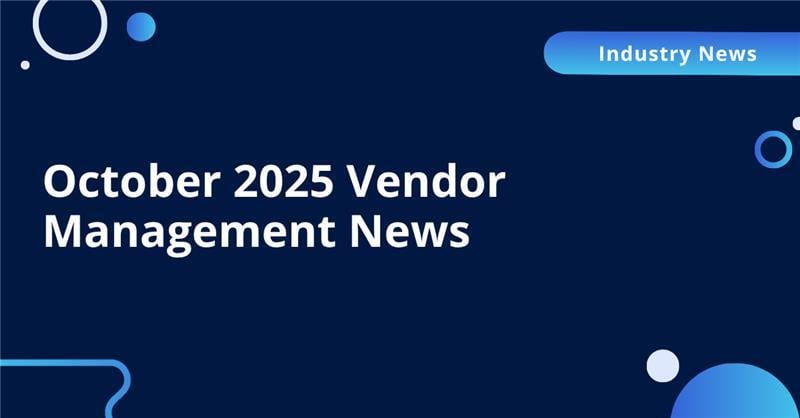
October 2025 Vendor Management News
Keep up with the latest third-party risk management news, including third-party data breaches, regulatory and compliance updates, and best TPRM practices.
.jpg)
Is Fair Lending Regression Analysis the Right Fit for Your FI?
Discover if regression analysis is right for your institution’s fair lending program with these five key questions.
.jpg)
Why Complaint Management is Your Best Customer Retention Tool
Learn how complaint management can improve customer loyalty, address evolving consumer expectations, and turn unresolved issues into opportunities for grow…

5 Ways Complaint Management Can Reduce Compliance Risk
Learn how your FI's complaints can point to potential regulatory violations and how to mitigate compliance risk with complaint management.
.jpg)
Ncontracts Launches Ntelligence Solutions, Bringing Responsible AI to the Financial Sector
Two AI-powered solutions for complaint management and regression analysis highlight the future of compliance.
.jpg)
Regression Analysis in Fair Lending: How It Works and When to Use It
Learn if regression analysis is the right tool for your fair lending program and how to integrate it into your fair lending program.
-1.png)
Enforcement Actions Roundup: September 2025
The October Enforcement Actions Roundup offers a look at the enforcement activity from the past month, what went wrong, and what FIs can learn from it.
%20Regulatory%20Update%20Template_1200x627%20(1)-1.png)
October 2025 Regulatory Update: Privacy Laws, Preemption Battles & Supervisory Shifts
From privacy protections to conflicting court rulings, October brought regulatory changes that reshaped compliance priorities across financial services.
.jpg)
Mortgage Lending Regulatory Update 2025: Compliance, Cyber, and AI Updates
Get the latest mortgage lending industry updates from Fannie Mae, the CFPB, and more to improve your financial institution’s compliance management system.

What is Complaint Management and How Does It Work?
Learn how a strong complaint management program helps FIs and organizations reduce compliance risk, retain customers, and boost operational efficiency.
.jpg)
What Are the Three Lines of Defense? Implementing the 3 Lines Model
Explore the Three Lines of Defense, how to implement the 3 Lines Model at your organization, and best practices for building a risk management foundation.
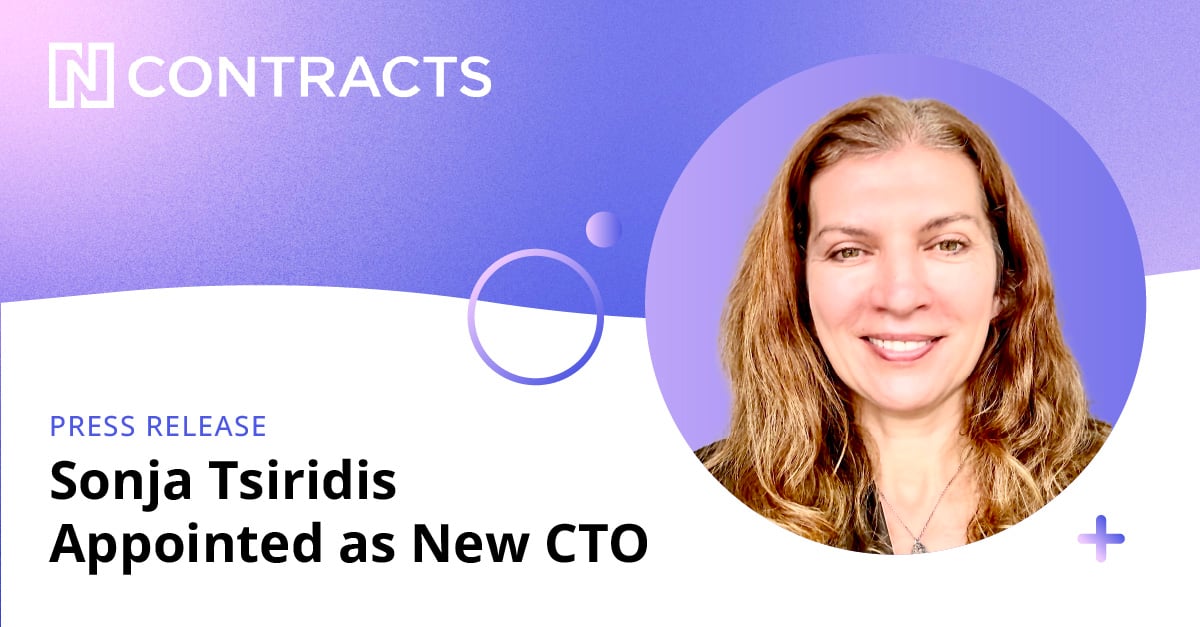
Ncontracts Appoints Sonja Tsiridis as Chief Technology Officer
The appointment of Sonja Tsiridis as Chief Technology Officer reinforces Ncontracts' commitment to delivering intelligent, data-driven solutions.
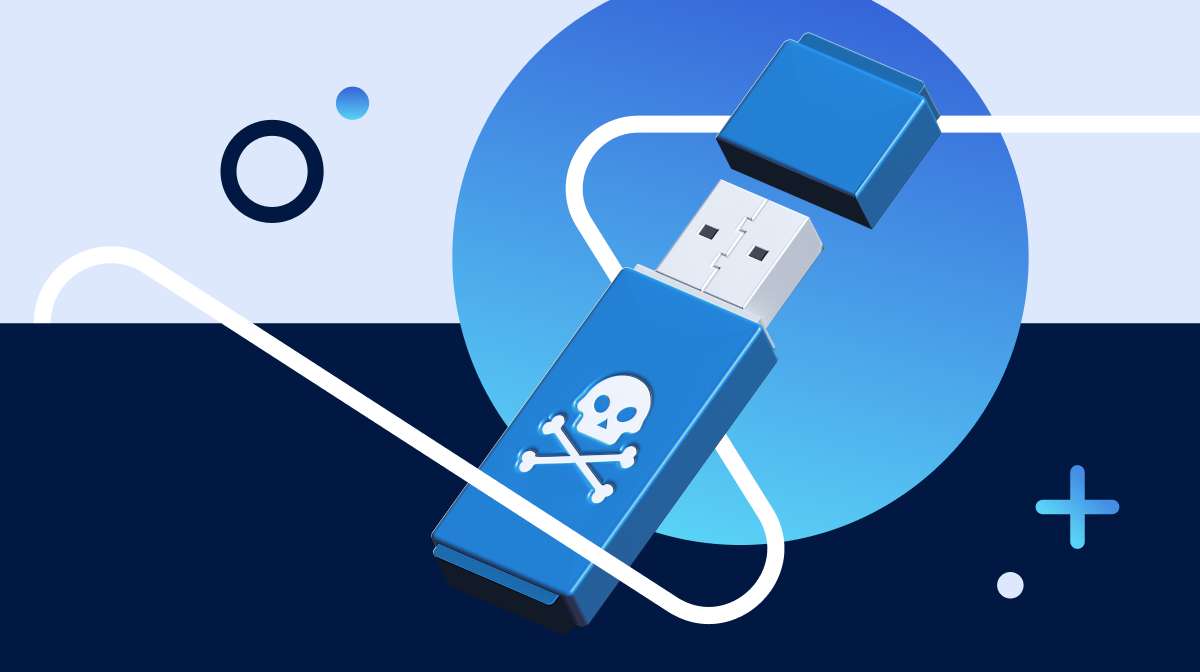
What is Data Poisoning? AI Impact, Examples and Best Defenses
Data poisoning attacks threaten AI systems by corrupting training data to compromise performance and security. Learn how to protect your organization.
.png)
How to Run a Successful BCP Tabletop Test: Exercises, Examples and Top Tips
Learn how to run and design a tabletop exercise as part of your organization’s business continuity management.
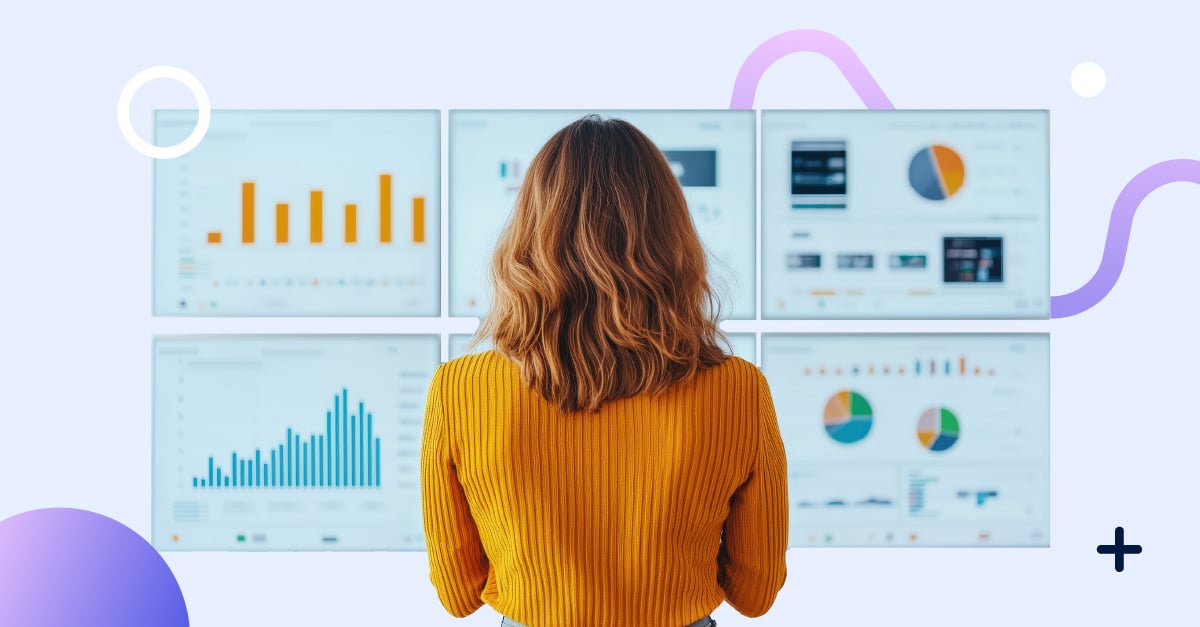
What is Vendor Management? Processes, Best Practices, and Challenges
Learn what vendor management is, why it’s important, and how to oversee your organization’s third parties effectively.

Enforcement Actions Roundup: August 2025
Welcome to the September Enforcement Actions Roundup — our monthly look at the enforcement activity from the past month and what FIs can learn from it.
.png)
2025 Wealth Management Enforcement Actions Roundup
Learn about the latest SEC enforcement actions in our Wealth Management Enforcement Action Roundup.
%20Regulatory%20Update%20Template_1200x627-1.png)
September 2025 Regulatory Update: ‘Debanking’ Executive Order and More Rollbacks
August 2025 highlighted a clear regulatory trend: significant changes to banking examination and oversight practices. Learn more in our latest Reg Brief.
.jpg)
California Privacy Protection Agency's New CPPA Rules for Financial Institutions
California's new CCPA rules require cybersecurity audits, risk assessments, and automated decision-making controls by 2027.
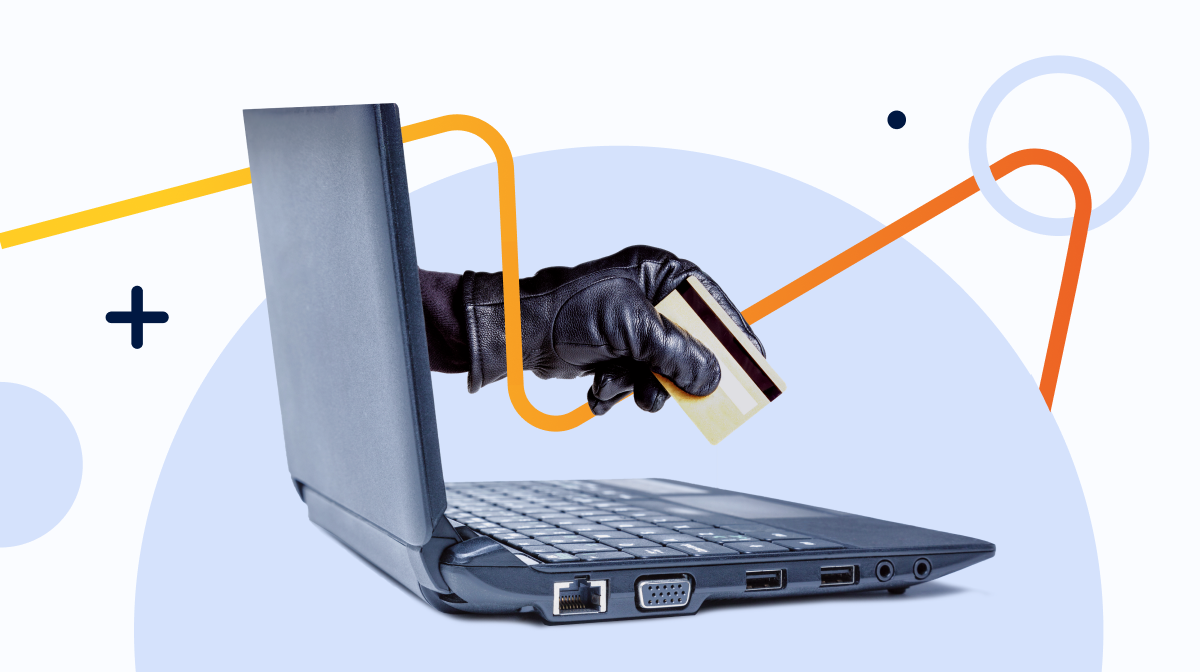
Four Banks, Four Failures: Strengthening Internal Controls for Fraud Prevention
Learn how community banks and FIs can strengthen internal controls for fraud prevention with proven strategies and protect against costly failures.